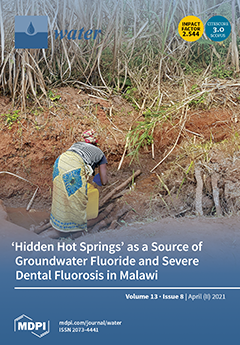Current standardized laboratory test protocols use model species that have limitations to accurately assess native species responses to stressors. We developed and tested a novel acute
in situ protocol for testing field-collected organisms. We used
Asellus aquaticus and NaCl as a reference toxicant
[...] Read more.
Current standardized laboratory test protocols use model species that have limitations to accurately assess native species responses to stressors. We developed and tested a novel acute
in situ protocol for testing field-collected organisms. We used
Asellus aquaticus and NaCl as a reference toxicant to test for the effects of location (laboratory vs.
in situ), medium (synthetic vs. field water), substrate (presence vs. absence), and protocol replicability. We further tested the protocol using groundwater-adapted isopods:
Proasellus assaforensis for the effect of location,
P. cavaticus of medium and
P.lusitanicus of substrate. Our results showed that
A.aquaticus’ lethality obtained with the novel acute
in situ protocol did not significantly differ from those from laboratory testing. However, laboratory tested
P.assaforensis showed a higher sensitivity, suggesting that its acclimation to laboratory conditions might have pernicious effects.
A. aquaticus and
P. cavaticus showed a higher mortality using synthetic medium
in situ and under laboratory conditions, which overestimated the stressor’s effect. Besides, substrate use had no significant effect. The novel acute
in situ protocol allows the use of native species under realistic scenarios. It is particularly well adapted for assessing the risk of groundwater ecosystems but it can be applied to a wide range of ecosystems.
Full article





